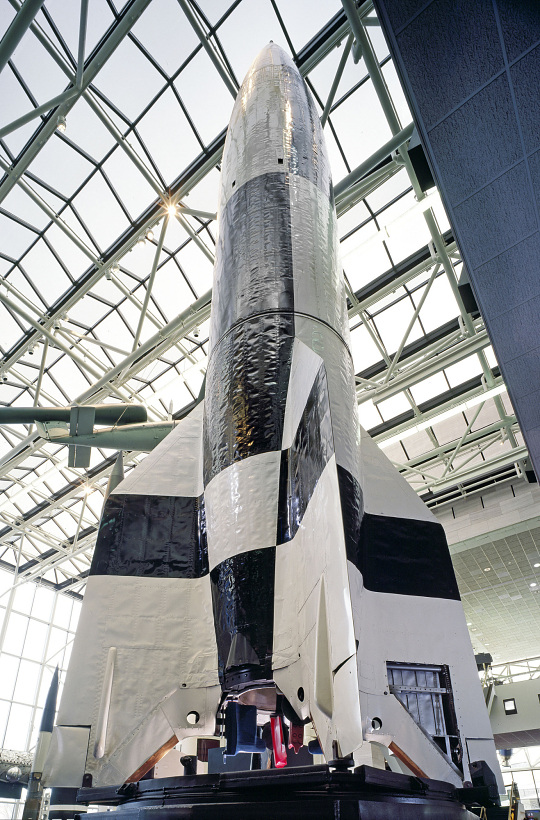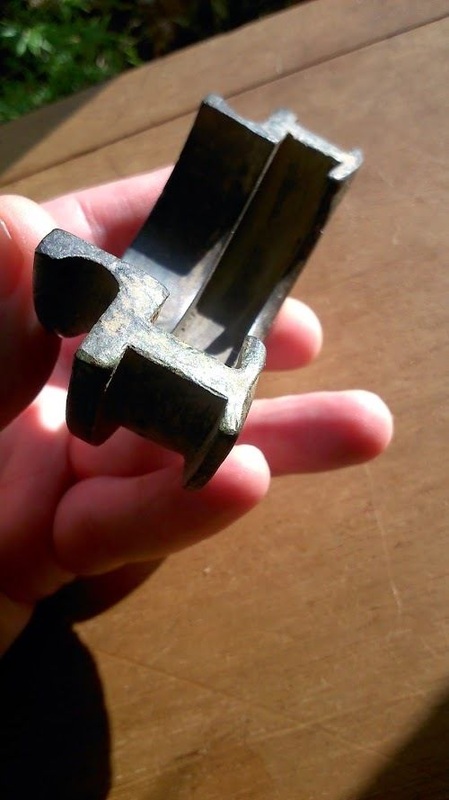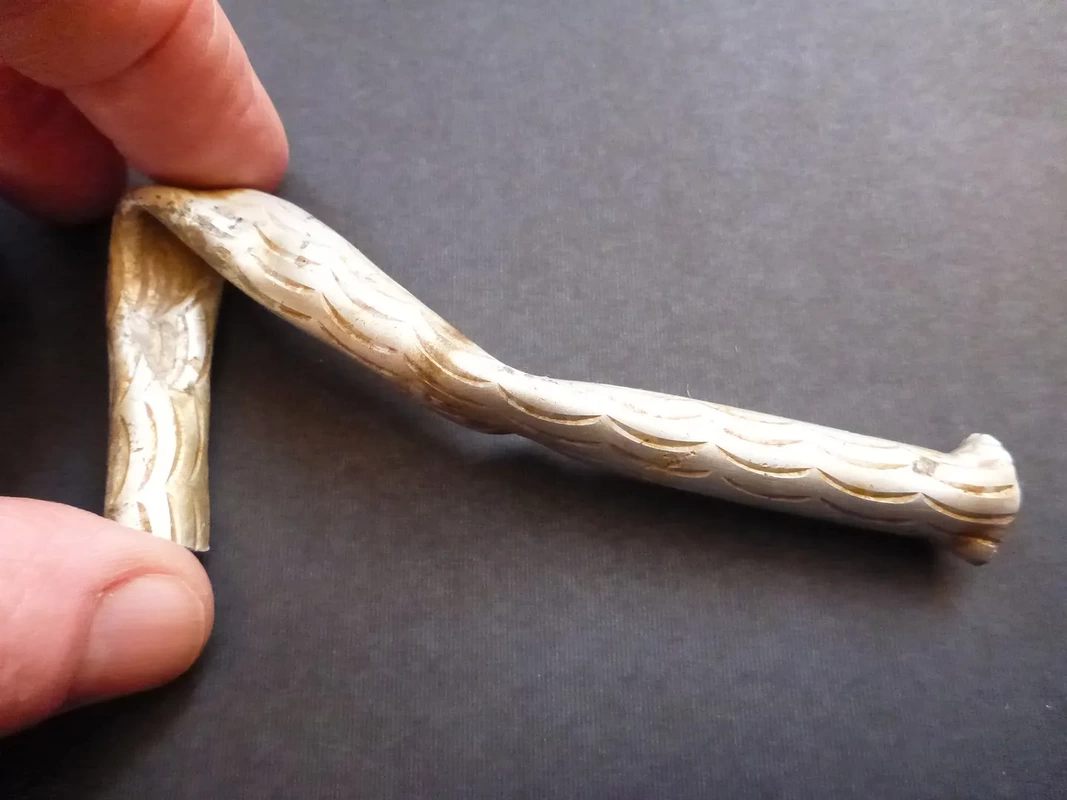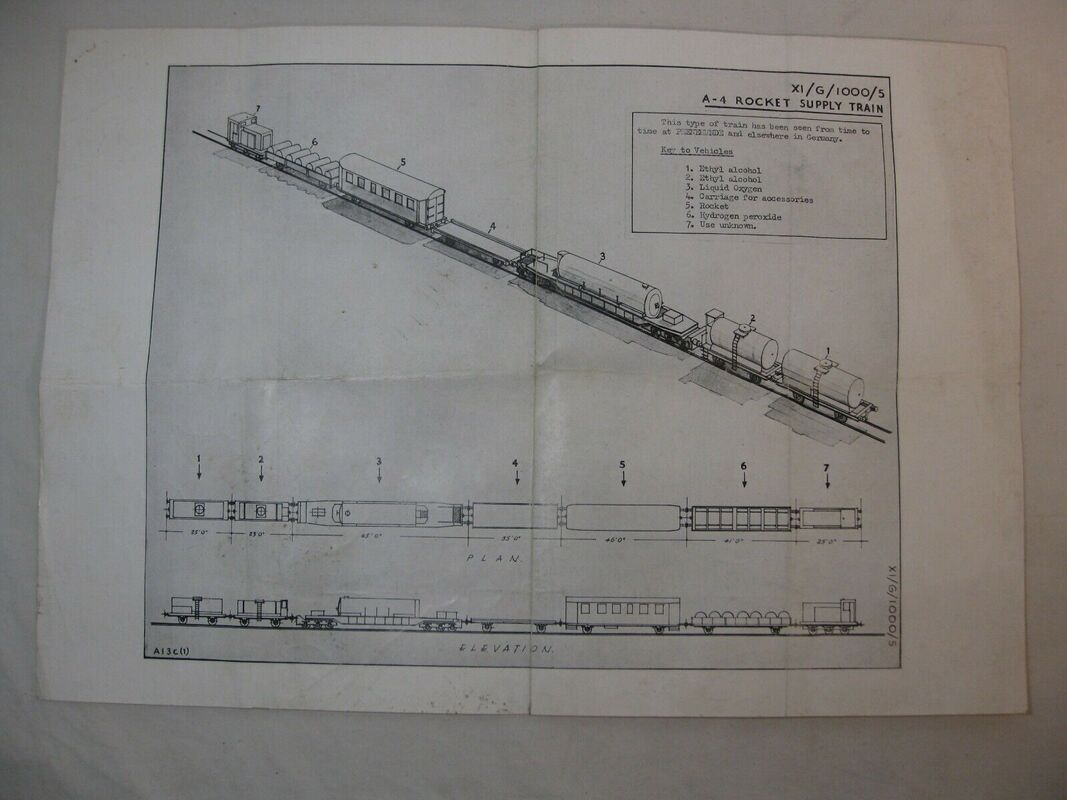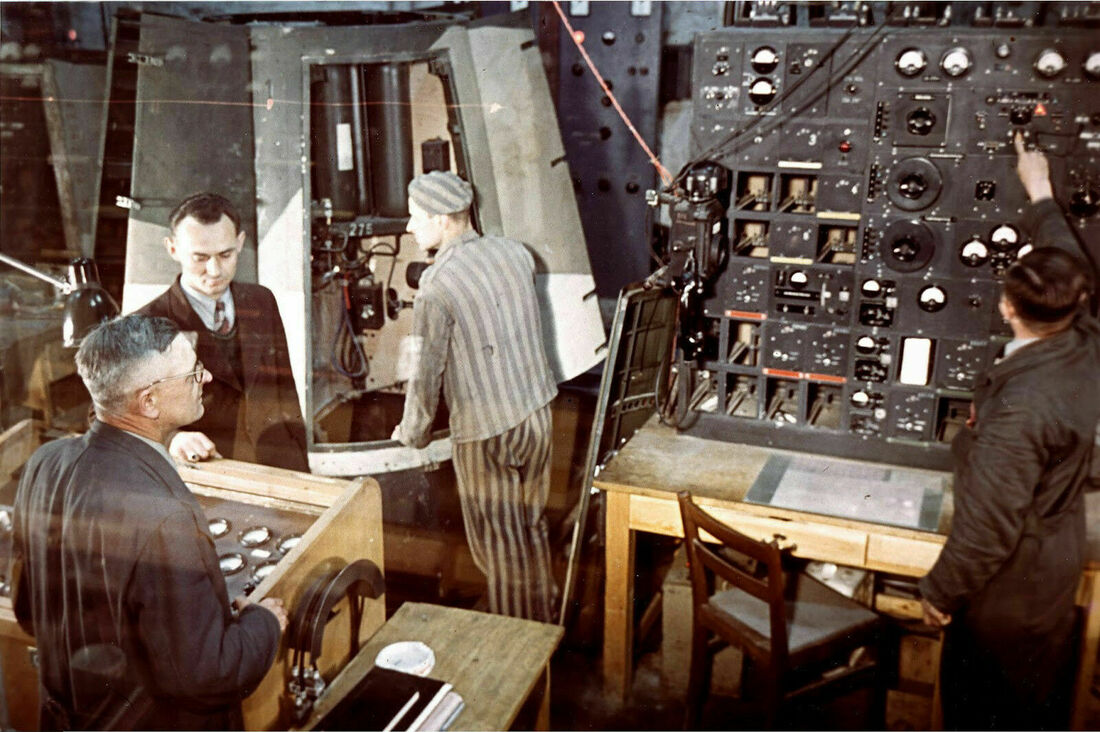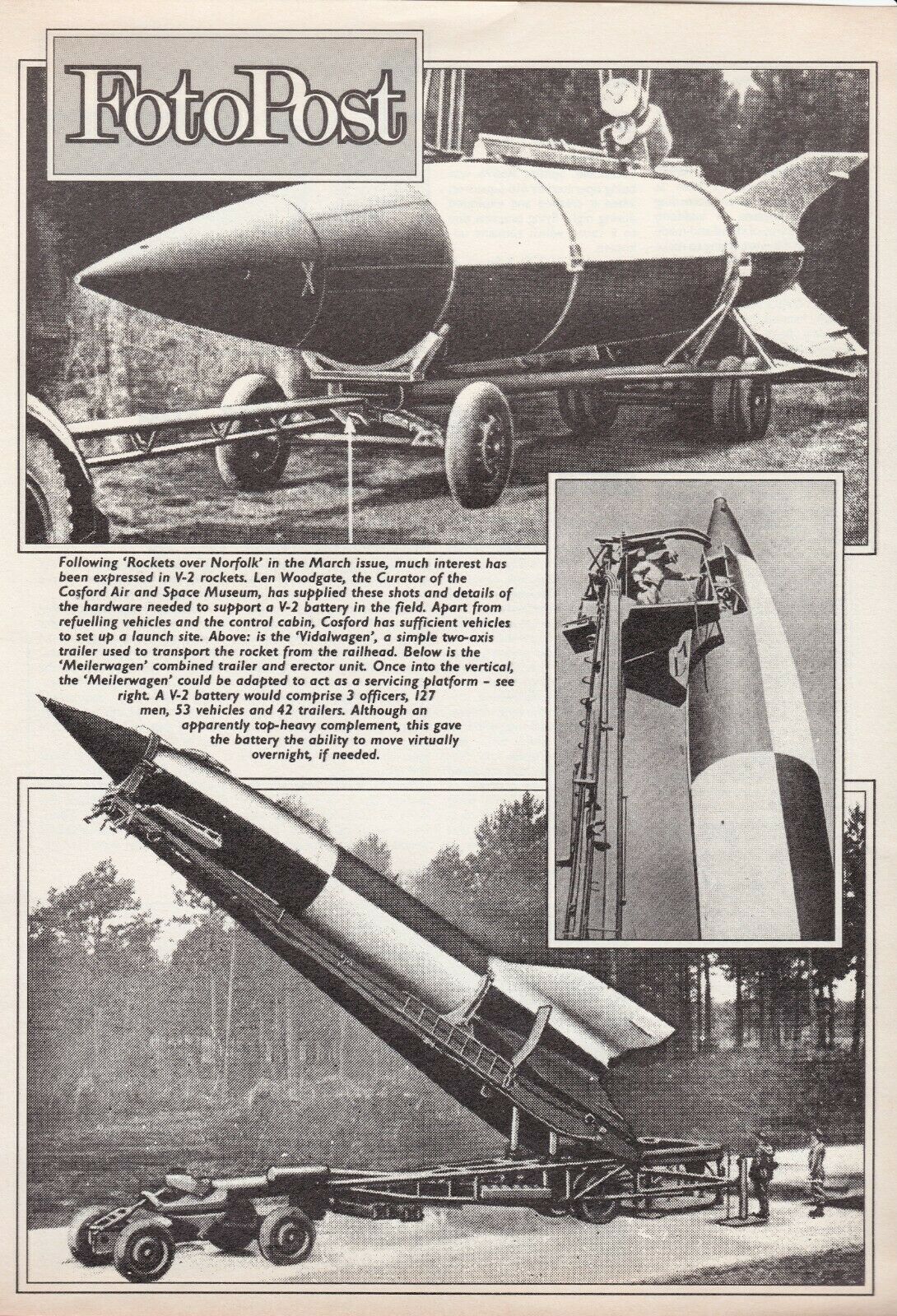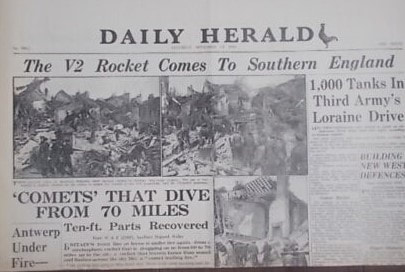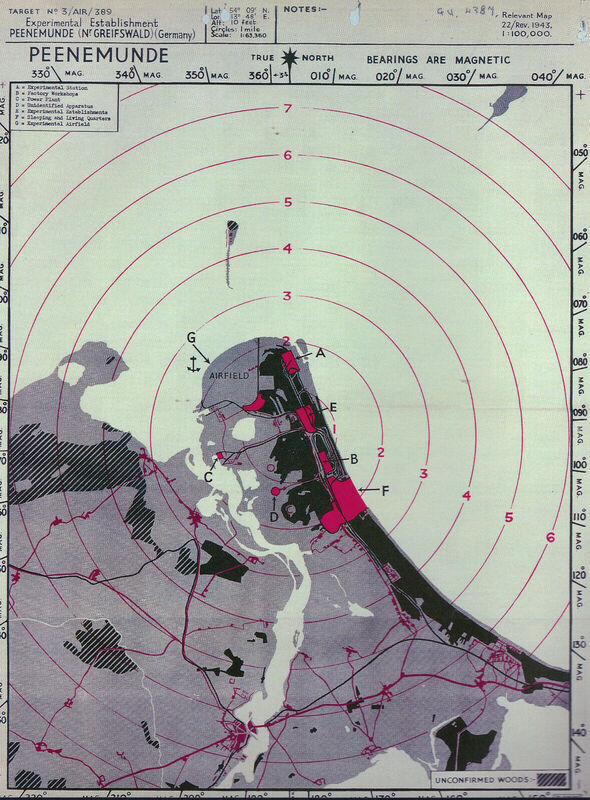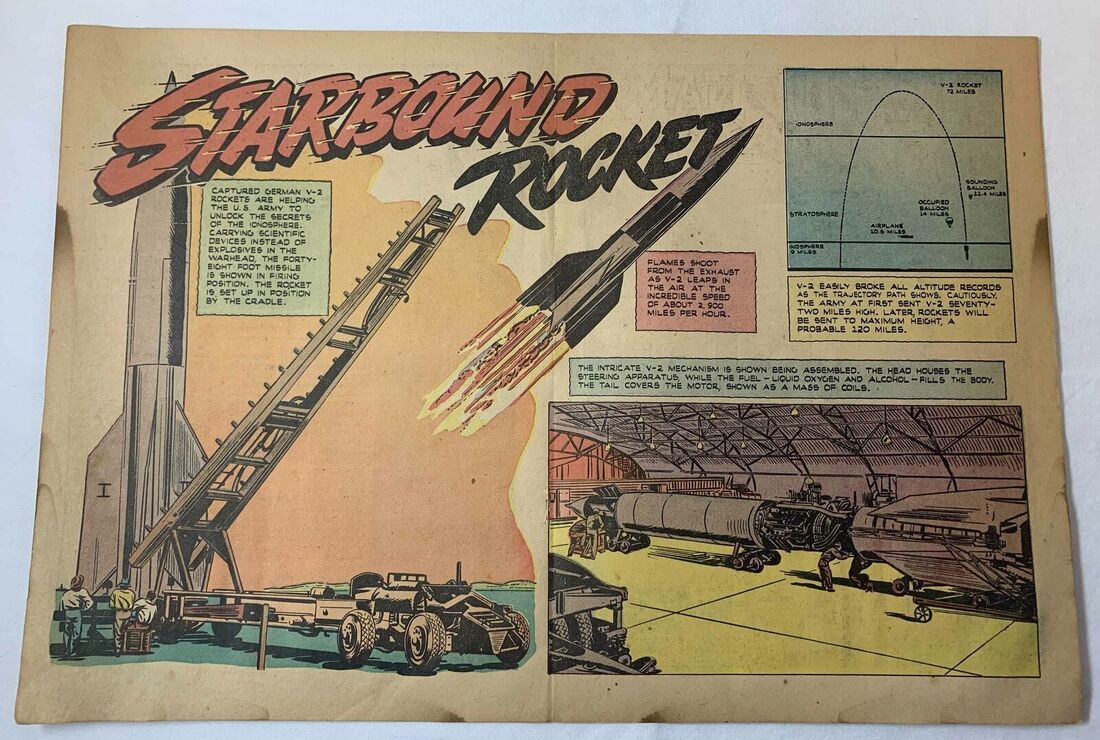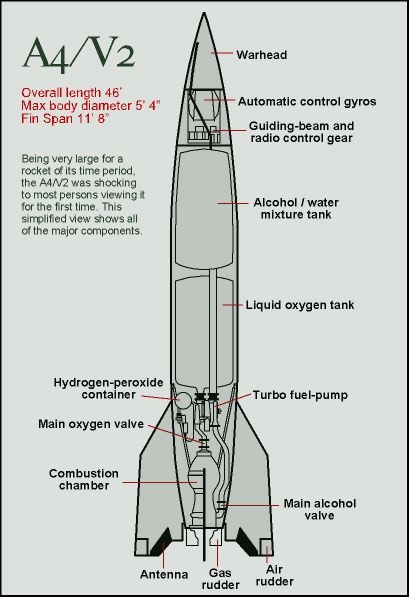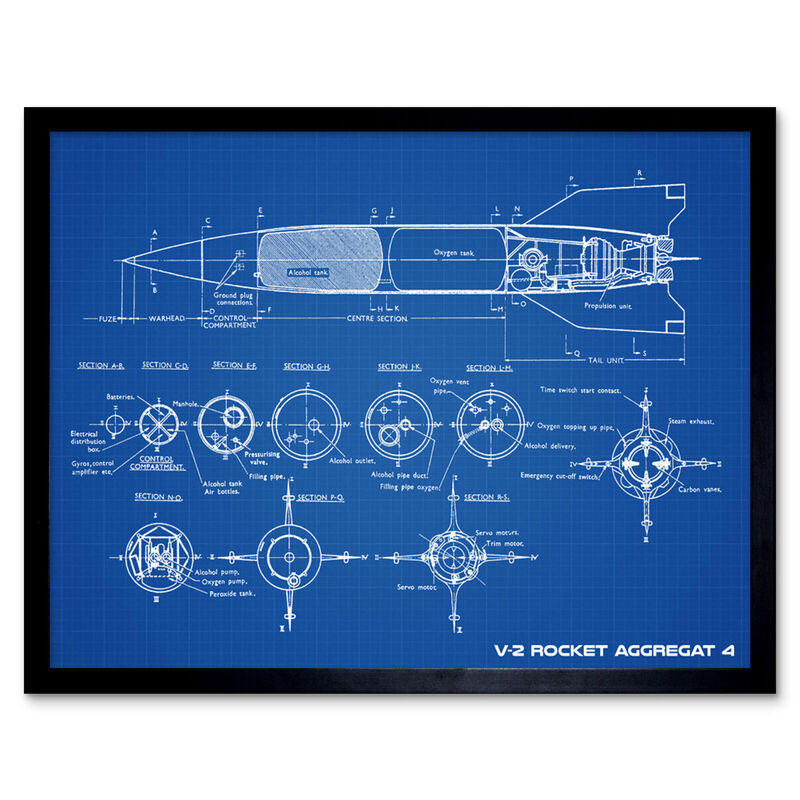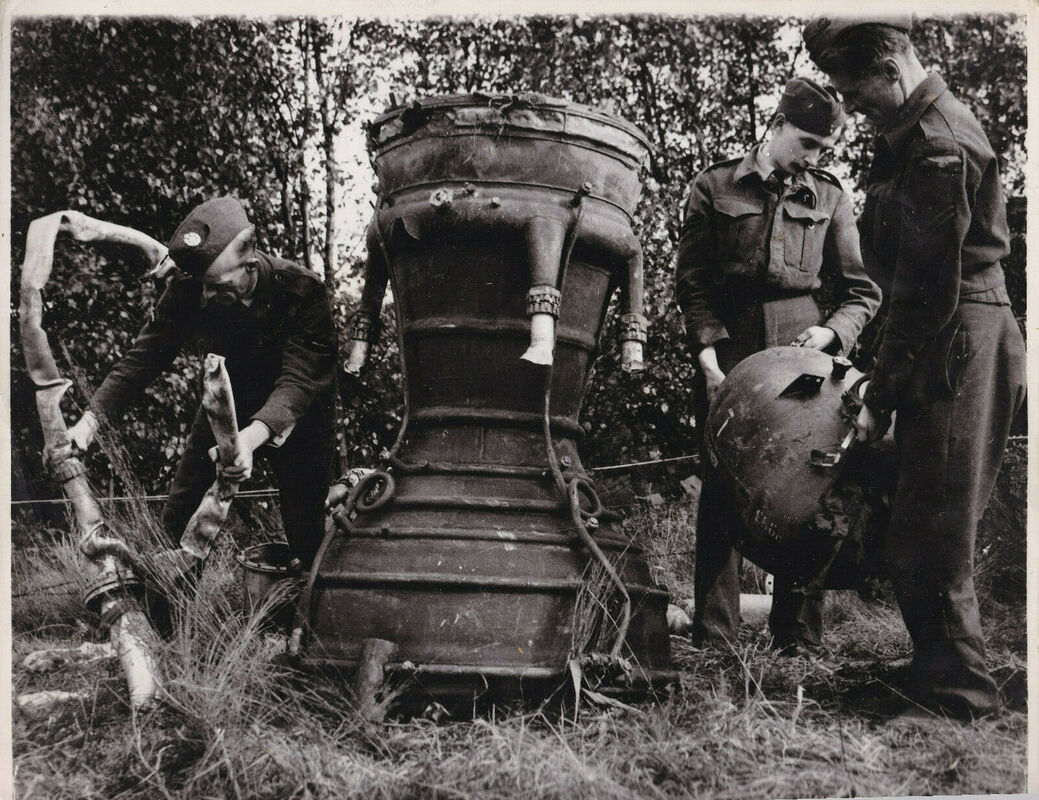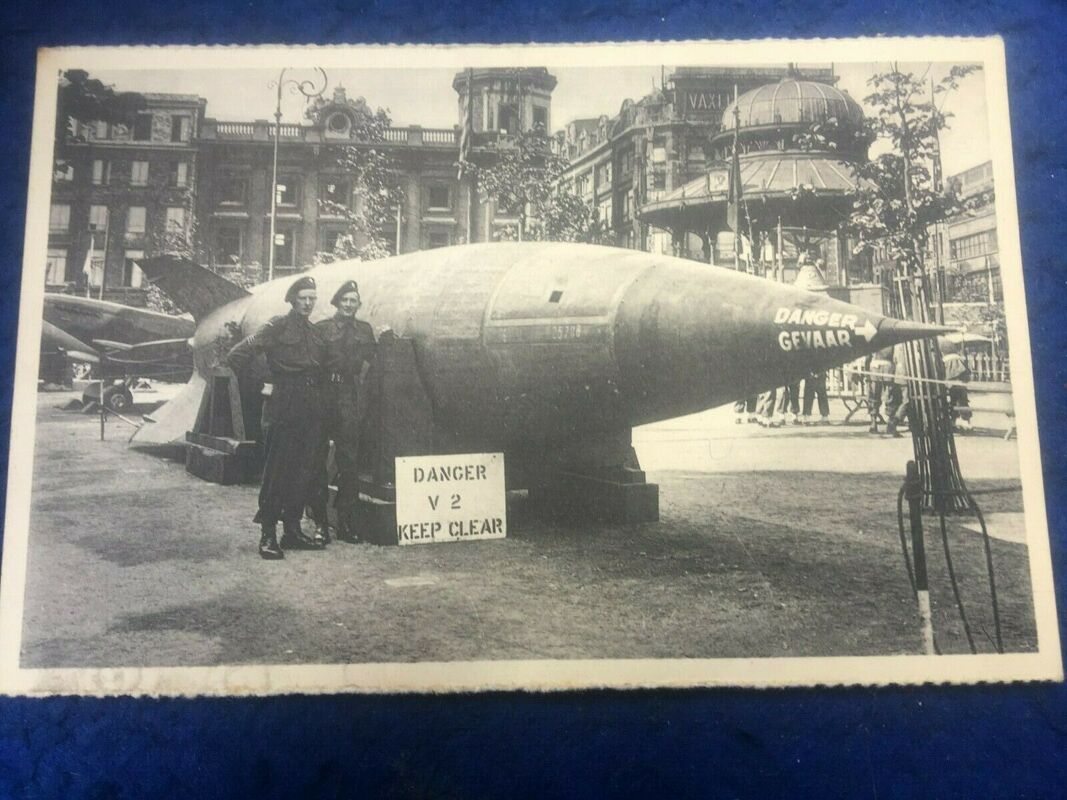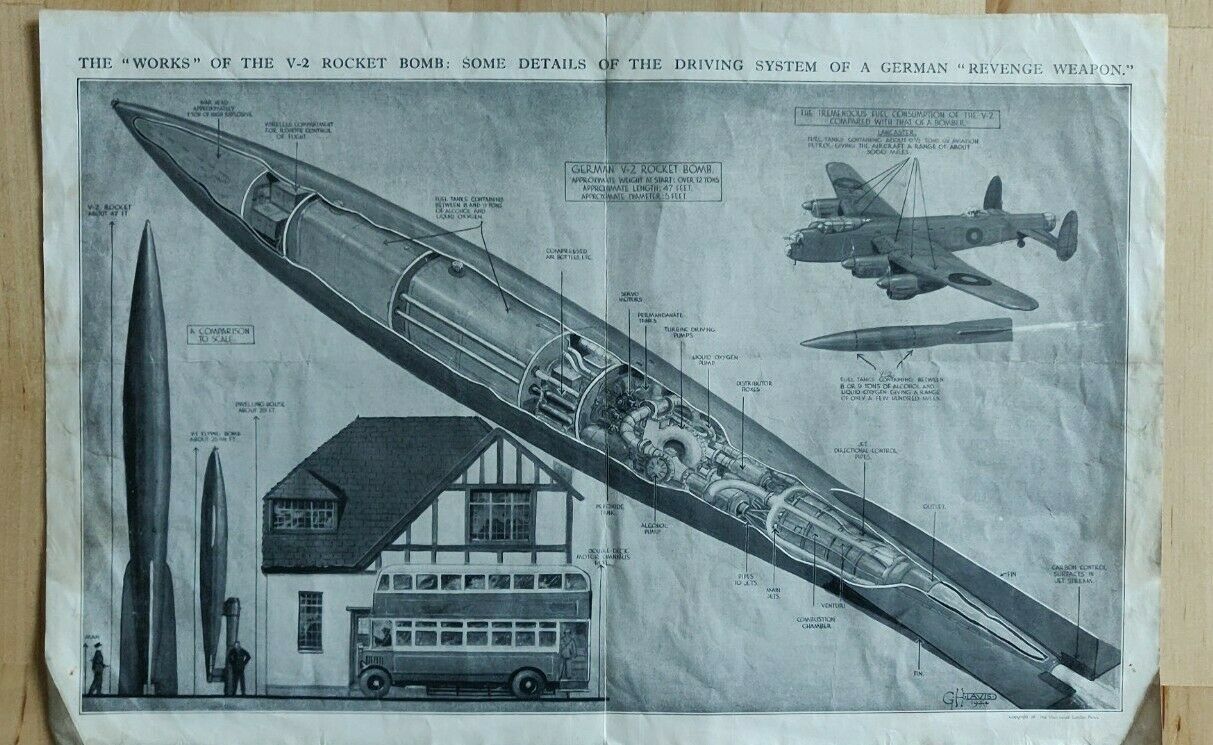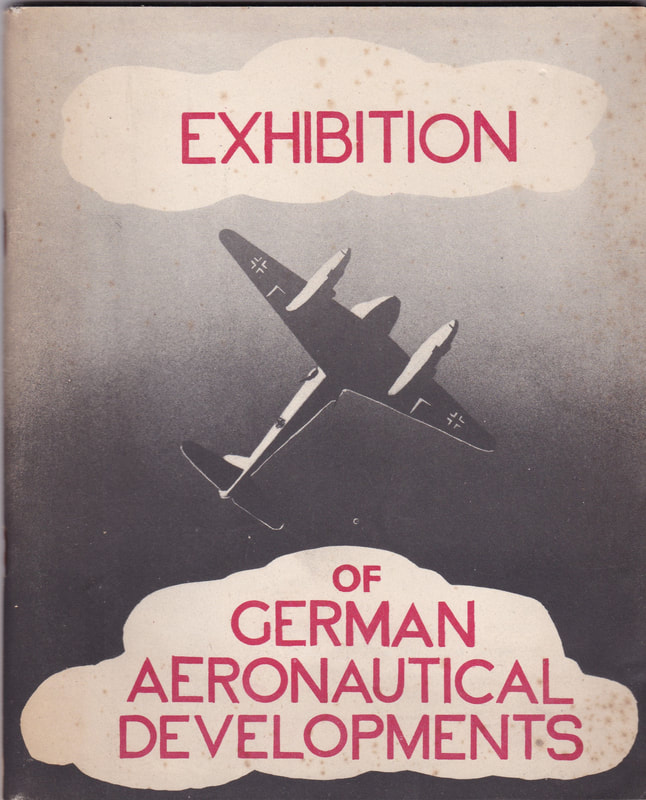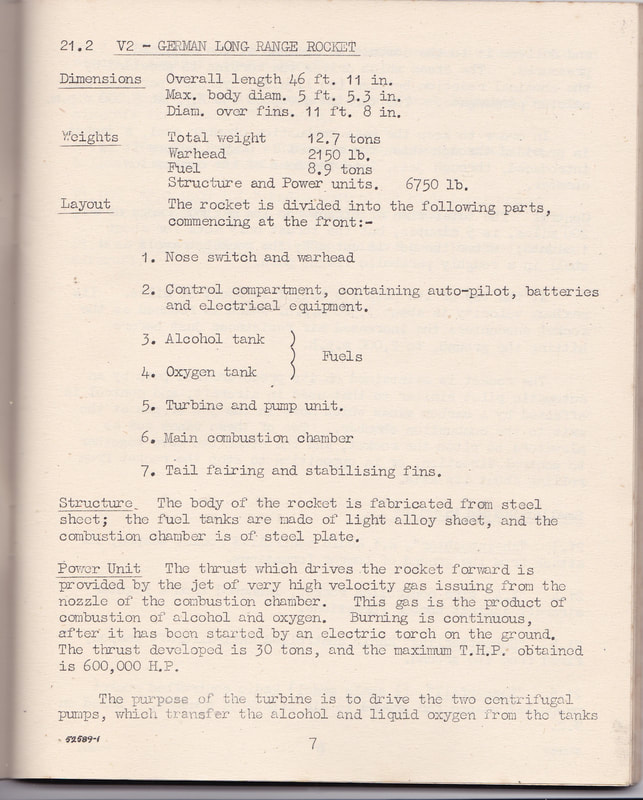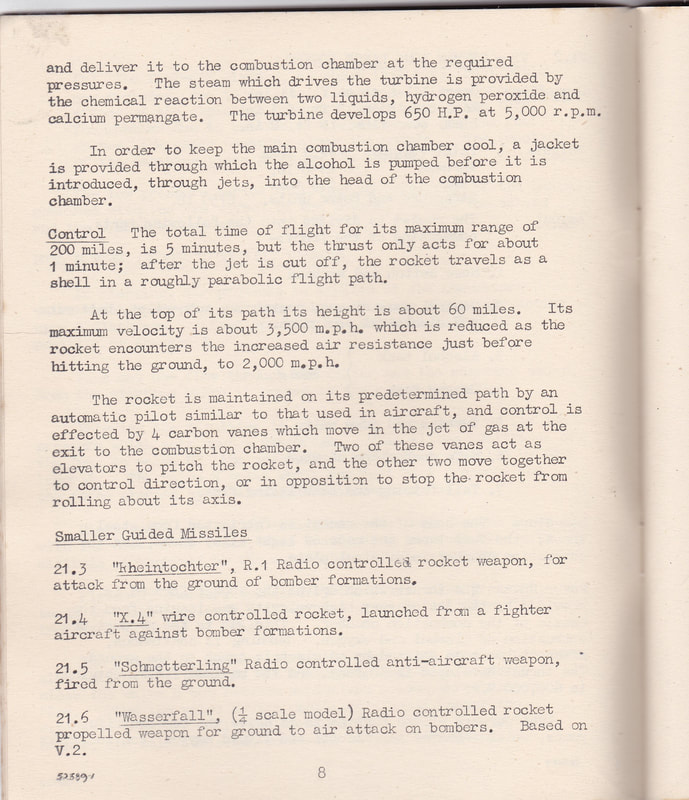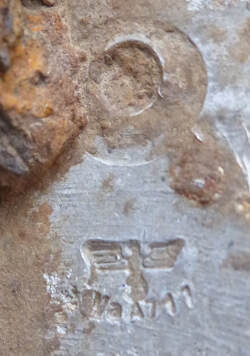
Above are the only two in many thousand pieces I have found with the Wehrmacht stamp. In the folder here I have inserted the important pieces of V2 rocket I have found over the last 12 years. Below are the dates of 8 of the 13 V2s that hit Chigwell. Here is my favourite piece which appears to be a piece of hand-decorated piping
Please note that you can view videos of me finding V2 rocket pieces on the finds page.Here is a video of the building of a V2 rocket and here are some of the parts explained
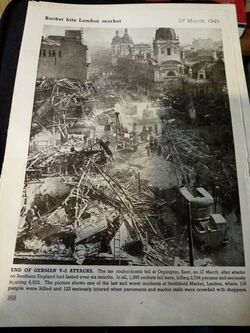
Photo of a fuze here
You can view videos of me finding V2 rocket pieces on the home page.
Graf Zeppelin
From: http://www.bbc.co.uk/history/ww2peopleswar/stories/83/a8932683.shtml
Another very exciting day was when the Graf Zeppelin went past Chigwell Road in flames, and came down at Cufley. Strange to think these terrible things can be exiting when you are young. Think it was the SL11 according to this: http://www.brookmans.com/history/features/zeppelin/
From
http://www.flyingbombsandrockets.com/stats_London_by_borough.html
20 V1s and 13 V2s landed in the borough of Chigwell
and
34 V1s and 35 V2s landed in the borough of Ilford
From
http://www.v2rocket.com/start/deployment/timeline.html
V2s
craters 32 feet diameter, 7 feet deep..
The V-2 ballistic missile (known to its designers as the A4) was the world's first operational liquid fuel rocket. It represented an enormous quantum leap in technology, financed by Nazi Germany in a huge development program that cost at least $ 2 billion in 1944 dollars. 6,084 V-2 missiles were built, 95% of them by 20,000 slave labourer in the last seven months of World War II at a unit price of $ 17,877.
As many as 3,225 were launched in combat, primarily against Antwerp and London, and a further 1,000 to 1,750 were fired in tests and training. Despite the scale of this effort, the inaccurate missile did not change the course of the war and proved to be an enormous waste of resources. The British, Americans, and Russians launched a further 86 captured German V-2's in 1945-1952. Personnel and technology from the V-2 program formed the starting point for post-war rocketry development in America, Russia, and France.
1944
Nov. 19, (16.19 hours) - Battery 444, Den Haag, Site 47 N of Waterpartij (Scheveningse Bosjes), V-2 rocket fired, impacted Chigwell, Essex. 1 Person seriously injured. Moderate damage to property. (*JP)
Nov. 24, (03.32 hours) - Battery 444, Hoek van Holland, V-2 rocket fired, impacted Chigwell, Essex. Fell in field. Farm buildings damaged. (*JP)
Nov. 26, (11.20 hours) - Battery 444, (Site 18), V-2 rocket fired, impacted Chigwell, Essex. 1 Dead, 6 seriously injured. (*JP)
1945
Jan. 13, (11.25 hours) - Battery 444, Wassenaar, Site 74 (Duindigt - Rennbahn), V-2 rocket fired, impacted Chigwell, Essex. Fell on forest land. 3 Persons injured. Slight damage. (*JP)
Mar. 02, (05.46 hours) - Batt. 1./485 (Art. Reg. 1./902), Den Haag, Statenkwartier, V-2 rocket fired impacted Chigwell (airburst). (*JP)
Mar. 02, (22.59 hours) - Batt. 1./485 (Art. Reg. 1./902), Hoek Van Holland, V-2 rocket fired, impacted Chigwell. (*JP)
Mar. 06, (23.13 hours) - Batt. 3./485 (Art. Reg. 3./902), Den Haag, V-2 rocket fired, impacted Chigwell. (*JP)
Mar. 08, (00.46 hours) - Batt. 1./485 (Art. Reg. 1./902), Hoek Van Holland, V-2 rocket fired, impacted Chigwell. (*JP)
Mar. 12, (04.43 hours) - Batt. 1./485 (Art. Reg. 1./902), Hoek Van Holland, V-2 rocket fired, impacted Chigwell (*JP)
(*JP) Information and corrects supplied by John Pridige of United Kingdom.
Interestingly
from
http://www.astronautix.com/fam/v2.htm
the V2s of 1944 are not mentioned as taking off
1945
Jan 13 not mentioned
1945 March 2 - . 05:46 GMT - . Launch Site: V-2 Battery 485. Launch Pad: 1./485. LV Family: V-2. Launch Vehicle: V-2.
- V-2 combat launch from The Hague to Chigwell - . Nation: Germany. Summary: The Hague, Statenkwartier, rocket fired impacted Chigwell (airburst)..
1945 March 2 - . 22:59 GMT - . Launch Site: V-2 Battery 485. Launch Pad: 1./485. LV Family: V-2. Launch Vehicle: V-2.
- V-2 combat launch from Hoek Van Holland to Chigwell - . Nation: Germany. Summary: Hoek Van Holland, rocket fired, impacted Chigwell..
1945 March 6 - . 23:13 GMT - . Launch Site: V-2 Battery 485. Launch Pad: 3./485. LV Family: V-2. Launch Vehicle: V-2.
- V-2 combat launch from The Hague to Chigwell - . Nation: Germany. Summary: The Hague, rocket fired, impacted Chigwell..
- V-2 combat launch from Hoek Van Holland to Chigwell - . Nation: Germany. Summary: Hoek Van Holland, rocket fired, impacted Chigwell..
- V-2 combat launch from Hoek Van Holland to Chigwell - . Nation: Germany. Summary: Hoek Van Holland, rocket fired, impacted Chigwell.
Interestingly, I went to the library and used their free access to Ancestry.com to se the deaths of anyone from a V2 rocket on the dates above. The website had no data of deaths in 1945 but, I managed to find the name of a gentleman, a Stanley William Dearlove, who was killed by a V2 explosion on 26 November, 1944, which matched the German data so, that backs that data up. Must find out how they knew where each V2 landed
Versuchsbatterie 444
Deployment
from: http://www.v2rocket.com/start/deployment/mobileoperations.html
A4/V2 Mobile Firing Operations 1944-45 The concept for operations of the V2 rocket troops would be as simple as possible, considering that there would be hundreds of troops and specialized vehicles involved. A typical trailer mounted rocket was supported by about thirty vehicles, which included a transportation trailer, mobile crane, launch table trailer, propellant vehicles, and command and control trucks. The rockets, along with the liquid-oxygen and alcohol, would be delivered to the firing areas by railroad. The warheads would be delivered via truck.
Specialized transport personnel would receive these shipments and stock-pile the materials at the firing area field stores. Storage time was kept to a few days, since testing determined that excessive storage time resulted in more V2 failures. The field stores, normally located a few kilometers from the actual firing sites, could hold up to 30 rockets, which were, maintained by the technical troops. The firing crews would meet the technical crews, somewhere between the field store and firing sites, for the transfer of the rocket (warhead already installed by the technical crews) from Vidalwagen to the Meillerwagen. This would involve the use of a huge mobile crane to lift the unfueled rocket during transfer. This procedure was also performed in some pre-arranged, secluded spot in the forest, to provide as much camouflage as possible from prowling Allied fighter aircraft.
The firing crews would then drive to the selected firing site with the rocket. The Meillerwagen would raise the A4 vertical on the firing table. The various duties of the firing crews would be carried out at this point. The rocket was aligned, fueled, with the electronics and gyros set and armed. From the time the rocket was raised, to the time it was fired, about 90 minutes or more.
The most ideal firing sites were those that provided heavy camouflage, along with a flat, firm footing for the firing table. The firing crews were not limited to using prepared concrete launching pads. They often used asphalt roads, paved ways, and even firm soil to fire the A4. Clearings in wooded or forested areas were most ideal. These areas provided heavy camouflage as well as protection from wind gusts that could deviate the A4 during its slow lift off. The firing crews preferred to launch near dusk in the late evening hours. They would leave the firing site 30 minutes after the launch, which made it impossible for Allied aircraft to locate their position. The Allies were not really sure how the V2 was operated and they never foiled the launch of a V2. After every round was fired, each firing crew would submit a detailed report about the event.
Mobile Sites Den Haag (The Hague)
- The Hague
- Haagse Bos
- Duindigt
- Wassenaar
- Hoek van Holland
Hellendoorn / Dalfsen
from: http://airandspace.si.edu/collections/artifact.cfm?object=nasm_A19600342000
The German V-2 rocket was the world's first large-scale liquid-propellant rocket vehicle, the first long-range ballistic missile, and the ancestor of today's large rockets and launch vehicles. Called the A-4 (Aggregat 4) by German Army Ordnance, the rocket was dubbed V-2, or Vergeltungswaffe Zwei ("Vengeance Weapon Two"), by the Nazi Propaganda Ministry when its existence was publicly announced in November 1944, two months after first deployment as a weapon. Launched from mobile platforms, the missile had a maximum range of about 320 km (200 miles) and a one-ton warhead. At least 10,000 concentration camp workers died in the process of manufacturing it.
The U.S. Air Force officially transferred this V-2 to the Smithsonian on May 1, 1949. The National Air Museum moved it to its storage facility in Maryland in 1954 and, as the National Air and Space Museum, restored it in 1975-1976 for exhibition in its new Mall building.
Materials Steel; graphite jet vanes, some wooden construction elements in fuselage; aluminum tanks not present.DimensionsOverall: 11 ft. 8 3/8 in. wide x 46 ft. 1 3/16 in. deep x 5 ft. 5 in. diameter x 44 ft. 5 3/16 in. long, 8427.9 lb. (356.6 x 1405.1 x 165.1 x 1354.3cm, 3822.9kg)
The V-2 rocket, developed and used by the Germans during World War II, was the world's first large-scale liquid-propellant rocket vehicle, the first modern long-range ballistic missile, and the ancestor of today's large-scale liquid-fuel rockets and launch vehicles. Called the A-4 (Aggregat 4) by German Army Ordnance, the rocket was dubbed V-2, or Vergeltungswaffe Zwei ("Vengeance Weapon Two"), by Dr. Josef Goebbels' Propaganda Ministry when its existence was publicly announced in November 1944, two months after it was first deployed as a weapon. The Smithsonian Institution's V-2 was acquired in 1946 from the U.S. Army Air Forces, and was officially transferred on 1 May 1949 by what was now the U.S. Air Force. It was moved to the National Air Museum's storage facility in Suitland, Maryland in 1954, and was restored in 1975-76 for exhibition in the new National Air and Space Museum building.
Construction
The V-2 is cylindrical, tapering down towards the base, with four clipped rectangular fins, and tapering down toward the top with an ogival warhead ending in a sharp pointed nose. The design of the clipped fins was influenced by the need to ship a military missile through standard European rail tunnels. Overall, the rocket was shaped for supersonic flight, based on wind tunnel tests. The "dimpled" appearance of the rocket's skin, as is very evident in the Museum's specimen, is partly the result of spot welding, which, when cooled, especially around panels in place near ribs or stringers, contracted or shrunk unevenly, although the rocket's skin was also damaged by years of rough handling. The Museum's artifact has a combustion chamber, but lacks plumbing and many internal components such as the guidance and control systems. The tanks were removed to lessen the weight supported by the fins.
Liquid oxygen (lox) served as the oxidizer (the substance providing the oxygen for combustion) while an 75% alcohol/water mixture was the fuel (the substance to be burned). The water additive helped cool the motor, which developed maximum operating temperatures of about 4,900 F.
The rocket was mainly constructed of thin sheet steel, welded, riveted, and braced around a wooden framework in some sections. The nose cap was a fuse for detonating the explosive, 1,650 lbs of amatol, upon impact. Underneath the warhead was the instrument section, divided into four quadrants devoted to guidance and control, radio, and electrical systems. The center section of the rocket was two half shells containing the aluminum-magnesium alloy propellant tanks, the lox tank below and the larger fuel tank above. The lox tank was insulated with glass wool to keep the super-cold lox at its desired temperature and also to prevent overheating from leftover propellants. The tail section contained the motor and adjoining turbopump, steam-generator, and associated plumbing. The motor, comprising the combustion chamber and nozzle, was made of steel, while the pumps were of steel with aluminum-silicon alloy impellers and housings. The tanks for the hydrogen peroxide and potassium permanganate catalyst for driving the turbopumps were coated inside and out with an aluminum bronze alloy for corrosion protection.
History
The V-2 (A-4) evolved from secret experimental tests made between 1932 and 1934 by the German Army on smaller lox-alcohol liquid-fuel rockets, designated A-1 and A-2, of 300 kg (660 lbs.) thrust at the Army's Kummersdorf artillery range, south of Berlin. Two A-2s were successfully flown in December 1934, from Borkum Island in the North Sea. These were followed by the1,500 kg (3,300 lb.) thrust A-3, designed and built in 1935-1937, and the A-4 which was proposed in 1936 as a projected 25 metric-ton thrust (56,000 lb.) scale-up of the A-3. The A-4 was designed in detail in 1939-1941. The A-5, a redesign of the A-3 launched from 1938 to 1943, was also very important, as it was the test-bed for guidance systems after the failure of the four A-3 launches in 1937. It was. The moving spirits of the A-4's development were Dr. Wernher von Braun, Technical Director of the Peenemünde Army center from its inception until the end, and Captain (later Brigadier General) Walter R. Dornberger, who became involved in the Army's rocket development in 1931, and was the military head of the program from 1936 to 1943. During the last 18 months of the war he was responsible for training, supplying and servicing the operational V-2 rocket units.
In April, 1937, the rocket group of then about 90 men moved to a much larger, secret research facility built at the relatively remote site of Peenemünde on the island of Usedom, off the Baltic coast of Pomerania. Besides the A-4, other missiles, such as the Wasserfall, were developed here. A-4 development took place at Peenemünde-Ost (Peenemünde East). The Luftwaffe (Air Force) occupied Peenemünde West. The estimated cost of establishing Peenemünde-Ost was about RM 300 million (Reichmarks), or $70 million US (for 1990s dollars, multiply by about a factor of 10). By 1942, the personnel of Peenemünde-East had grown to a work force of about 5,000 which included engineers, technicians, scientists and all other personnel. In addition there were thousands of construction workers building the new A-4 Production Plant south of the test center; by 1943 this number included three thousand mostly East European forced laborers working construction. In addition, in the summer of 1943, 1300 SS concentration-camp workers who were to become the core of the production-line workforce were brought to Peenemünde and housed in the factory buildings. Gen. Dornberger and Arthur Rudolph, the chief engineer of the factory, were among those responsible for deciding to exploit concentration-camp labor in the rocket program; Wernher von Braun was aware of these decisions and found himself increasingly involved in the management of camp labor as time went on.
The first non-flight vehicles were finished and tested in 1940-41, and the first flight vehicles were completed in 1942. After two failed launches in June and August 1942, on 3 October 1942 Peenemünde launched its first successful A-4, the V4, or fourth test vehicle (the first was destroyed in a ground test before it was ever launched). This rocket attained an altitude of 60 miles and range of 125 miles in a 296 second flight, coming within 2.5 miles of its target and reaching a top speed of 3,300 mph. On 22 November 1942, Hitler ordered the mass production of the missile, and exactly one month later, Armaments Minister Speer founded the Special Committee A-4 to accelerate the process so that production might begin in summer 1943. Production required a large number of drawings to be prepared and special tools designed and built. Other A-4 factories were to be located at the Zeppelin Works in Friedrichshafen, and the Raxwerke near Wiener Neustadt, Austria.
After the damaging Royal Air Force bombing of the facility during the night of 17-18 August 1943, A-4 manufacturing was shifted to the underground plant of Mittelwerk at Nordhausen, in the Harz Mountains. Undoubtedly, the Museum's V-2 was also made there. After the RAF raid, smaller scale improvement developments were still carried out at Peenemünde. (Altogether, about 250 developmental V-4s were made at Peenemünde.)
The initial cost of producing an A-4 rocket was 100,000 Reichmarks (warhead and guidance equipment not included); the average cost was later reduced to 75,110 RM. At Peenemünde, each A-4 took from 10,000-20,000 man-hours to produce, while at Mittelwerk the figure dropped to approximately 7,500. The rockets were made at Mittelwerk by 2,000 civilian technicians and approximately 10,000 prisoner laborers who lived in nearby barracks camp known as Dora, which became the main camp of Konzentrationslager Mittelbau in October 1944. The Dora prisoners lived in terrible conditions, especially during the first few months when the barracks had not been built, and prisoners were forced to live underground, and in the last few months of the war, when the food supply worsened and many prisoners from Auschwitz and other eastern camps were dumped into Mittelbau-Dora. Of the approximately 20,000 deaths in Mittelbau-Dora, about half can be ascribed to the V-2 program.
The V-1, a competing development launched by the Luftwaffe, was an air-breathing pulsejet-powered missile which inflicted a considerable amount of physical and psychological damage on Britain, Belgium and France. The V-2 was to be an even more decisive terror weapon, but the rocket was neither accurate, reliable, nor cost effective. On 7 September 1944 the first two operational rockets were fired against Paris, but both failed due to premature cutoffs. The first successful launch was made at 8:30 a.m. on 8 September and struck close to the Porte d'Italie. At 6:43 p.m. the same day, the missile was deployed against England and hit Chiswick, a suburb about six miles west of central London. In both operations the rockets were launched from the Hague-Wassenaar area of occupied Holland. Upon its introduction into the war, the weapon now became known as the V-2. During February-March, 1945, the heaviest period of rocket bombardment, the weekly average fired against England amounted to 60.
Figures vary in different sources, but during the remainder of the war 3,200 to 3,600 were sent towards Allied targets. In the U.K. they were mostly directed toward London; secondary targets were Southampton and Bristol. Out of these numbers, by one estimate, 1,115 reached the United Kingdom while 1,775 hit Continental targets. Of the latter, most were fired against Belgium, 1,610 striking Antwerp; between 80-100 against Liège, and a number against Brussels. Nineteen rockets hit Paris during its few days of V-2 bombardment. About 25% of the total rockets launched against the U.K. and Continental targets failed due to air bursts. About 600 V-2's were launched for training and experimental purposes.
Figures also differ as to the number of casualties and amount of property damage caused by the V-2, but the total number killed is variously estimated at about 5,500 ,while the number of seriously wounded is given as 6,500. The total number of houses and other buildings destroyed by both the V-1 and V-2 weapons, including greater London, Antwerp, and Liège, amounted to about 33,700. The V-2 was designed for use against cities and the only known pin-point tactical application was when 11 were fired against the Ludendorf Bridge at Remagen, Germany, during March 1945 in a German attempt to prevent the Allies from continuing to use the bridge after it had been inadvertantly seized by American troops on 7 March. A couple of missiles came remarkably close but did not hit the bridge. The last V-2 fired in combat took place on 29 March 1945.
Following the war, in an effort to acquire the know how of this clearly revolutionary new technology, the U.S. and other Allies scrambled to capture as much V-2 hardware, documents, and V-2 technicians as they could. This included the British, French and Soviets. The British, under Operation Backfire, succeeded in examining and experimentally test launching, with the assistance of German technicians, three V-2 rockets. The Backfire launches took place in the British zone of occupation, at a former Krupp armament proving ground at Altenwalde, near Cuxhaven, Germany, on the North Sea coast. The launches were made on 2, 3, and 15 October 1945. The last launch was known as Operation Clitterhouse and included foreign (U.S., French, and Soviet) observers. The data acquired from all the launches and contained in five illustrated manuals was shared with the U.S. The French obtained the services of Wolfgang Pilz and other V-2 researchers who helped them build their first liquid-fuel missiles. The French Veronique sounding rocket, which outwardly resembled the V-2, also resulted from these efforts.
On 5 May 1945, the Soviets captured Peenemünde, though it was largely destroyed or stripped of useful material by the evacuating Germans. The Soviets did, however, seize invaluable material from Nordhausen, which they occupied on 5 July, and set up rocket institutes in the region and reconstructed a number of V-2s in the repair facility of the Mittelwerk at Kleinbodungen. The top ranking man recruited by the Soviets was Helmut Gröttrup, an expert from Peenemünde in guidance and control. In October 1946, thousands of German engineers, scientists, technicians, and their families were forcibly deported to the USSR, among them several hundred members and their families from the East German rocket institutes. The Soviets already had considerable experience since the 1930s in the design and construction of liquid-fuel rockets, but like the Americans and others, they lacked experience in handling liquid-fuel rockets of the size of the V-2. The Russians launched their first reconstructed V-2 on 30 October 1947 at Kapustin Yar, 75 miles east of Stalingrad (now Volgograd).
They sought to greatly improve upon basic V-2 technology and from the later 1940's to early 1950's constructed several V-2 derivative engines. They also created about ten or more derivative V-2 rockets which included the R-1 (also designated 1R), V-1A (1VA), V-1C, V-1B (1VB), V-1E (1VE), V-1D (1VD), R-2 (2R), V-2A (2VA), and V-2B/C. The majority of the vehicles appear to have been essentially re-built V-2s using similar or much modified engines powered by the same lox-alcohol propellant, though they had successively elongated propellant tanks for "stretched" bodies and larger nose cones. The first successful R-1 launch took place on 17 September 1948, called by the Russians their first "national rocket," although still looking identical to the V-2 with a Meilerwagen as part of the handling equipment. In addition to affording design and handling experience, these rockets were used for upper atmospheric research and were thus called "geophysical rockets." The Soviets also launched numerous animals including rabbits and dogs for biological studies, with eventual space flight in mind. By the mid-1950s, the Soviets graduated to an entirely different generation of rockets but had clearly learned a great deal from their V-2 experience. It is relevant to note that the first two rockets given to their allies at the time, the Chinese, in 1956, were R-1s followed in 1958 by R-2s, both models obsolete V-2 derivative vehicles known in the West as the SS-1 (Scunner) and SS-2 (Sibling). The Chinese first launched their R-2, using a different fuel, on 5 November 1960 and called it the Dong Feng 1 (East Wind 1). The launch site was at Jiuquan, in the Gobi desert, in Gansu province, 1,000 miles west of Beijing. This was the beginning of the Chinese long-range missile and space launch vehicle development.
The Americans similarly planned to acquire V-2 technology almost as soon as it appeared. On 15 November 1944, a little more than two months after the first V-2s were fired against Paris and London, the U.S. Army Ordnance Corps awarded the General Electric Company a contract to prepare captured V-2's for flight tests and to develop missiles based upon German designs, with the overall name of Project Hermes. Upon the brief occupation of Mittelwerk by the U.S. Army in May1945, before the Soviet Army moved in, parts for about 100 V-2s were shipped to the U.S., including presumably the two that were eventually turned over to the Smithsonian.
During that period, the Americans were also fortunate in the surrender of Wernher von Braun and his key team members. Under Operation Paperclip (originally Operation Overcast), a total of 118 of these men were eventually sent to the U.S. where they were to greatly contribute to the development of ballistic missiles and later space program launch vehicles. Under Hermes, the U.S. used them to gain knowledge and experience in handling large-scale liquid-fuel rockets as well as conduct upper-atmospheric research experiments. To coordinate the experiments, a V-2 Upper Atmosphere Research Panel was established on 16 January 1947.
On 15 March 1946 the static firing of a V-2 took place at the White Sands Proving Grounds, New Mexico, followed on 16 April with the first captured V-2 launch. The first successful land recovery of a V-2 nosecone by parachute was accomplished in February 1947. Altogether, there were 67 flights of V-2's at White Sands as well as at the Long Range Proving Ground, Cape Canaveral, Florida (later, U.S. Air Force Eastern Test Range and Kennedy Space Center). On 17 December 1946, a single stage V-2 reached a record altitude of 116 miles, the highest ever reached alone by this vehicle. The last captured V-2 flight was made at White Sands on 28 June 1951.
In Project Bumper, which comprised eight rounds, the V-2 also served to test the feasibility of a two-stage liquid-fuel rocket. The second stage was the smaller, American-made WAC-Corporal. On 24 February 1949, a V-2/WAC-Corporal rocket reached an altitude of 244 miles and speed of 5,150 miles per hour. The altitude record stood for many years and was perhaps first broken on 20 September 1956 when the first the U.S. Army's three-stage Jupiter-C test missile attained an altitude of 680 miles. On 24 July 1950 Bumper No. 8 was the first rocket successfully launched from Cape Canaveral. In this case the two-stage rocket was fired for velocity in a hypersonic aerodynamics test.
Among other notable V-2 flights were: a launch on 24 October 1946 in which motion picture cameras took films of Earth from a 65 mile altitude and covered 40,000 square miles; a series of flights, starting on 20 February 1947, known as Project Blossom, in which containers with fruit flies and various types of seeds were carried to test the effects of cosmic rays, the canisters with these life forms recovered by parachute; a U.S. Navy-sponsored flight up to 100 miles on 7 March 1947 in which the first photographs of Earth were taken at this height; a shipboard launch (under the name of Operation Sandy) from the U.S. aircraft carrier Midway, in the Atlantic, on 6 September 1947; and attempts to the carry live Air Force Aero Medical Laboratory monkeys, Albert I and II, on 18 June 1948 and 14 June 1949, to test the effects of acceleration and weightlessness. (Albert I who was anesthetized in preparation for the flight unfortunately died before the liftoff due to breathing problems. Albert II survived the flight to 83 miles and withstood peak forces of 5.5 g during acceleration as well as the brief period zero-gravity, but the parachute on the return capsule was defective and the high-speed descent of the capsule was fatal. Two other monkeys met the same fate.)
Acquisition
The Museum's specimen and another V-2 (now in La Coupole, in Wizernes, France) were part of the almost 1,400 enemy and Allied war time artifacts that were especially collected for the then National Air Museum under the direction of General of the Army Henry H. Arnold, Commanding General of the Army Air Forces, as "outstanding examples of aircraft and components" from World War II. The Air Force made the official transfer on 1 May 1949. In the meantime, the V-2s and the other artifacts were stored in a former plant of the Douglas Aircraft Company at Park Ridge, Illinois, at the present site of O'Hare International Airport, northwest of Chicago.
The actual history of the Army Air Forces' acquisition of both V-2s may never be known due to the loss of relevant documents. From an available photo of this specimen at Park Ridge, ca. 1948, showing the rocket in its combat camouflage colors, the vehicle was clearly an operational round, although as a result of the restoration of 1975-76, it now carries the black-and-white test-flight scheme similar to the one used on the rocket's first successful flight of 3 October 1942. The alternate black and white patterns of the fins aided tracking and determining the rocket's attitude during test launches. The "Woman in the Moon" logo of the original A-4/V4 was not painted on the NASM artifact, however.
Because of the enormous logistical problems and limited manpower available to handle all the Park Ridge material, not until late November 1954 did the V-2s travel by train from Chicago to Washington, D.C. They were then trucked to the Museum's storage facility at Suitland, Maryland, by February 1955. It was not until 1975 that the better of the two rockets underwent restoration, entailing 2,000 man-hours of work in preparation for the new National Air and Space Museum, which opened for the Bicentennial celebration on 1 July 1976. However, the display rocket lacked key parts. The thrust ring, graphite exhaust vanes, servo motors, potentiometers, chain and sprocket drive for the movements of the air rudders, and other tail section components, were provided by the Royal Air Force Museum at Hendon, England, while the launch stand (A19761038000) came from NASA Marshall Space Flight Center at Huntsville, Alabama. A section of one of the fins of the Museum's V-2 is purposely removed to permit viewing of the chain and sprocket drive.
The V-2 was normally carried into combat on a rocket trailer and hauled and erected into its upright vertical firing position by a Meilerwagen. There was also an array of related ground support vehicles which included a heavily armored fire control vehicle that ran on tank tracks, a tractor-pulled liquid oxygen transporter, and alcohol tankers. The Museum does not possess a Meilerwagen nor other V-2 support equipment in its collections.
The V-2 on display at the Smithsonian's National Air and Space Museum represents one of about twenty-one known examples of this rocket worldwide. Other extant V-2 rockets are at the following locations:
from: http://www.v2rocket.com/start/makeup/design.html
Statistics of the V-2 Power: Liquid-fuelled rocket motor
Ethyl Alcohol (75%): 8,179 lb, 3710 kg
Liquid-oxygen: 10,802 lb, 49,00 kg
Warhead: 1,627 lb of explosives, 738 kg
(not high explosives, because of frictional warmth exceeding 1,200 degrees F during flight)
Launch weight: 12.8 tons, 13,000 kg
Hydrogen Peroxide 285 lbs, 129 kg
Sodium Permanganate 35 lbs, 15.8 kg
Nitrogen 30 lbs (Nitrogen has multiple services, the difficult valve system is operated by it and the pressure in the alcohol tank)
Thrust at liftoff: 55,100 lb, 25,000 kg
Fuel consumption, per sec:
286 lb, 130 kg
Acceleration at liftoff: 0.9 g
Burn time: 65 sec.
Guidance: Gyro Preset
Burning temp. 4,802 degrees F, 2,650 degrees C
Consumption 276 lbs/per sec, 125 kg/per sec
Max motor temp: ~2,700 degrees C, ~4,890 degrees F
Motor pressure: 15 bar, 217 lb/sq inch
Nozzle expansion ratio: 15.45:0.85
Warhead/Launch weight ratio: 0.075
Maximum speed: 5,400 km/h, 3,355 mph
Maximum altitude: 96 km, 60 miles
Length: 14 m, 46 feet
Body diameter: 1.651 m, 5 ft. 5 inches
Diameter over fins 3.55 m, 11 ft. 8 inches
Rocket stays vertical after liftoff: 5 sec.
-completes tilt within: 50 sec.
-attains angle of 49 degrees from vertical at: 54 sec.
-passes speed of sound: 25 sec.
Velocity along trajectory (max): 1,600 m / sec., 1 mi / sec.
Impact velocity: 1,100 m / sec., 3,600 ft. / sec.
Apogee of trajectory: 90 km, 56 mi
Range: 320 km, 199 mi

